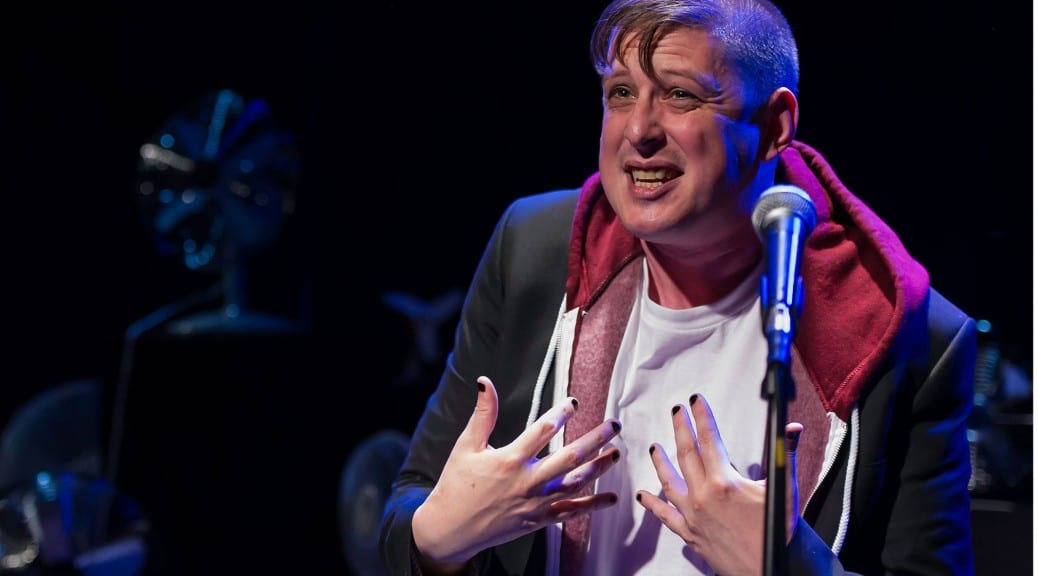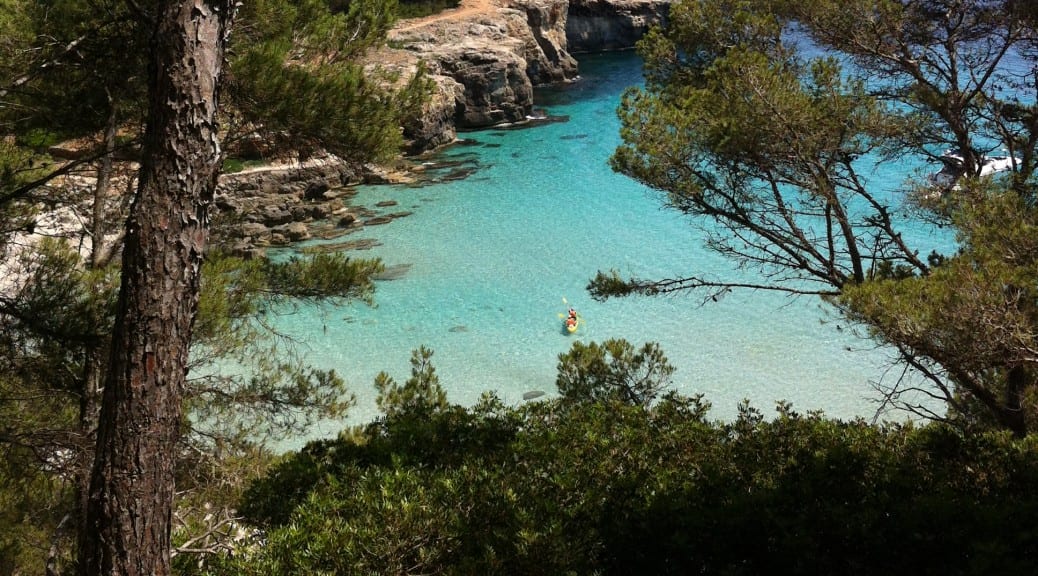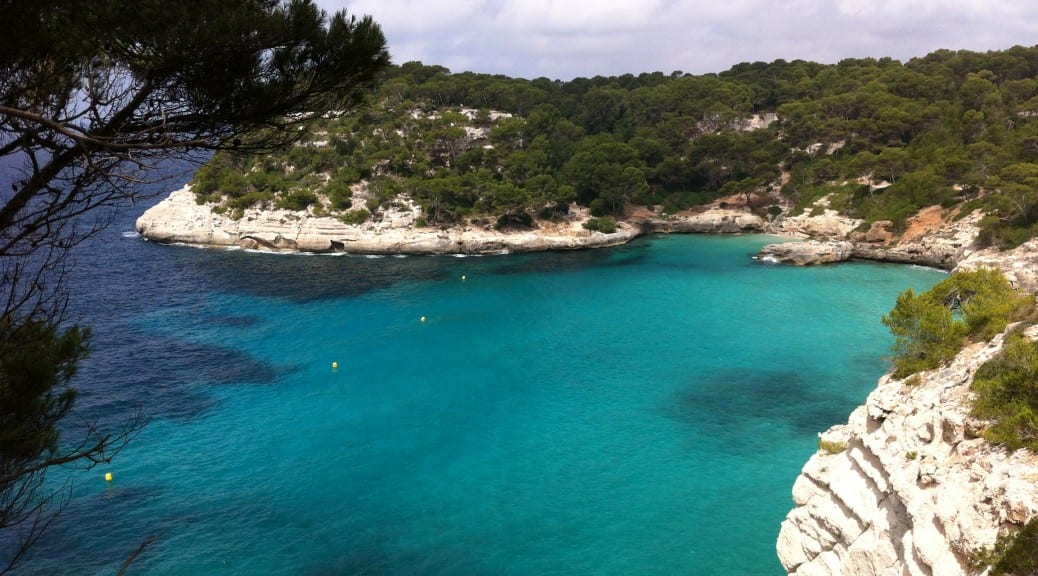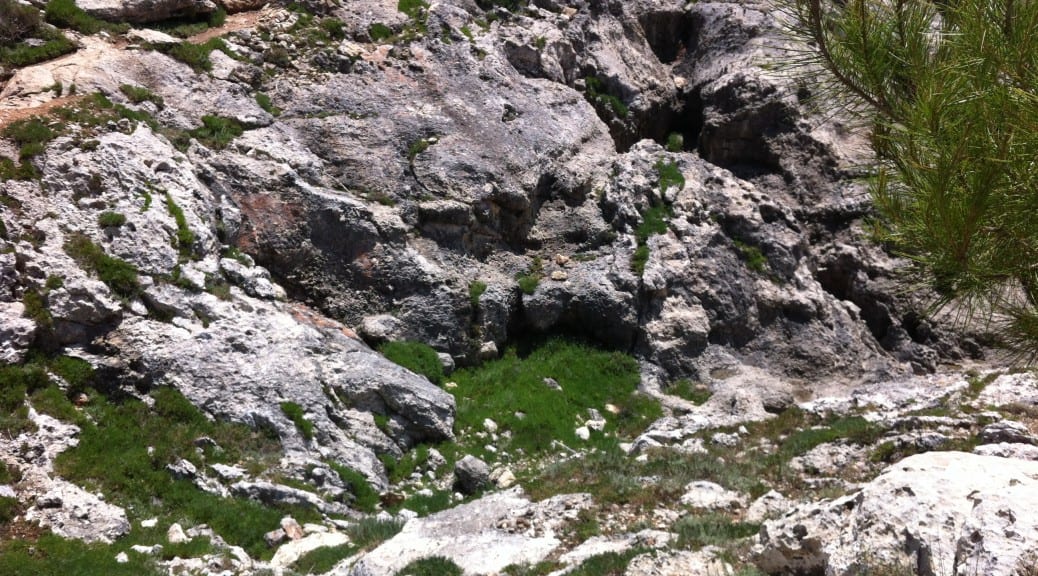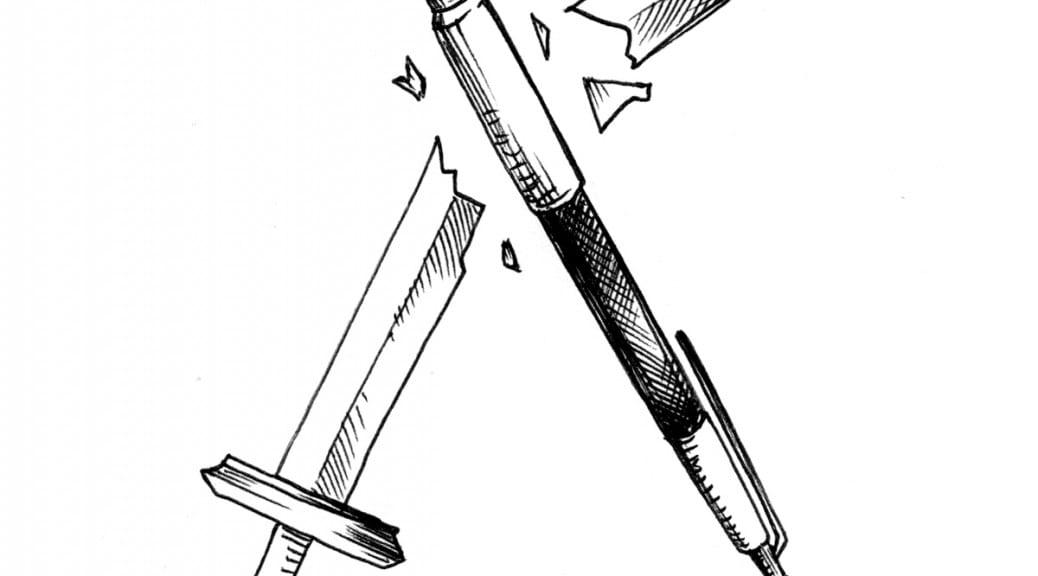As my piece is starting to veer more towards storytelling, I decided to research Chris Goode and his work – as his performances are heavily based around storytelling. Though he has worked solo for many shows, he also has his own ensemble company, Chris Goode and Company.
Speaking about his process to find and create ideas, Goode said that “The process always begins in the same way: it starts in a room with some smart people and the will to create a space for a conversation. I usually have a hunch about something I want to explore… Everything after that depends on my collaborators, and the news, and the weather.” (Goode, 2011).
Below is a clip from The Adventures of Woundman and Shirley, a show that I find interesting in how it is told. The storytelling aspects used by Goode are techniques I am thinking of using for my performance. Something that I believe is particularly interesting with this performance is the level of detail concerning every movement and location:
Though he has stated that he does not always find it easy to take strong political and artistic opinions and make them into a process, he has also shared his view that theatre is a place “to create real liveable experiences of models for political and personal change”. (Goode, 2011). He also said that “Theatre can have a crucial role in reimagining our social relations. What we do all day has never felt more important”. (Goode, 2011). His work is therefore very much a reflection on his own political and artistic views.
Goode has been termed an alternative theatre maker – a term that was founded in the late 1960s to early 1970s. It’s meaning relates to a movement that opposed mainstream theatre. Alternative performances were created with a specific set of theatrical ideas that opposed the stereotypical theatrical experience. Goode’s performances therefore remove the security and comfort that audiences had become accustomed to, and asks them to think beyond what they are seeing on the stage.
Goode advises new theatre makers to stay curious about current ideas and experiences and that it is important to analyse everything – “Always be kind in the work room. Only work with people who are smarter than you and don’t mind getting naked.” (Goode, 2011). Furthermore, he says that the process should be a place of romance, lightness and acceptance. Don’t be afraid to aspire to significance. (Goode, 2011).
Chris Goode keeps a blog of his work in which he expresses his political and societal opinions: http://beescope.blogspot.co.uk/. Speaking about theatre, Goode said that he is “really fascinated by the ways in which we imagine theatre — not the content or detail of any particular instance of theatre, but more generally theatre as a practice or a social act — and the metaphors by which those imaginings get passed around, become realised as material, as architecture and infrastructure and organization.” (Goode, 2014).
Whilst I have no intentions of my performance challenging the conventions of theatre, I have been inspired by Chris Goode to consider a new method of storytelling in which detail is vital. Over the coming weeks, I am going to try writing a text on which my performance can be based – relating to my own personal experiences of my holiday. I intend to focus on every detail so that the audience can vividly imagine the world that I am describing, much like Goode’s work.
——————————————————————————————
Chris Goode Image:
Abrahams, J. (2014) Chris Goode in ‘Men in the Cities’ [Online]. Available at https://static.independent.co.uk/s3fs-public/styles/article_small/public/thumbnails/image/2014/08/08/12/chris-good.jpg [Accessed 16 March]
Chris Goode (2014) In My Room [blog]. 24 March. Available from: http://beescope.blogspot.co.uk/ [accessed 16 March].
Goode, C. (2011) Chris Goode: Maverick Theatre. Interviewed by E. Turney for Ideas Tap. Available from: http://www.ideastap.com/ideasmag/the-knowledge/chris-goode-interview [accessed 16 March].
Hull Truck Theatre (2012) The Adventures of Woundman and Shirley. Available from: https://www.youtube.com/watch?v=Ud5jsvC1x4g [accessed 16 March].

